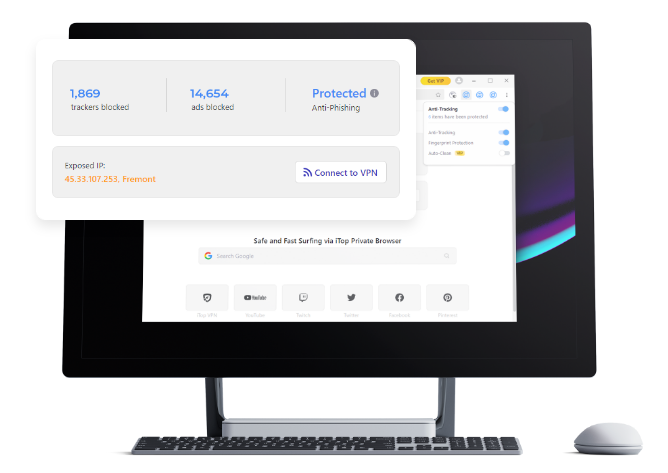A Review of 2010’s F-Secure Internet Security Anti-Virus System
Upon the testing of a different slew of anti-virus systems that have made their way to the public market in 2010, a few have stood out. This review is on F-Secure Internet Security that made it to the market at a most affordable price of only fifty dollars. With a high performance in terms of detecting malware infections that were active on a computer, the accuracy made it up to 93 percent overall. Of the infections, as much as 53 percent was eradicated, which is pretty high when it is compared to the regular anti-virus suites out there.
Another advantage of this particular suite was in the testing of the clear-out of rootkits that are inactive. Of the 100 percent of the rootkits placed, as much as 93 percent of the rootkits that were active were actually detected and of these, up to 87 percent were actually removed by F-Secure. Old school malware with signature bases were also planted and F-Secure was tested on it. Malware of this nature, although not so vital in anti-virus testing, may still be a threat to systems, but more often than not they cannot keep up with the fast pace of technology. With malware that was signature based and old-school though, F-Secure showed a big improvement with up to 98 percent cleanup.
When comparing F-Secure Internet Security 2010 to other suites, like Kaspersky and McAfee, it doesn’t reach up to par because Kaspersky and McAfee both had a 100 percent cleanup performance when it came to the removal and detection of rootkits that were both inactive and active.
Basically the strengths of F-Secure that stood out in testing were those just mentioned, along with the low cost and the additional features of the system, it makes for a relatively competitive package. However, for the downs of the F-Secure system, initially the interface of the software is not very user-friendly and can often get confusing for owners. This is best shown in terms of the scan initiation button which is difficult to locate, and there are also smaller icons that will just tend to confuse a viewer. In all, the rest of the interface is understandable, such as the big green check mark that shows the PC is protected, along with other main menus. Main menu buttons include statistics, tasks, and status, which are clearly distinguishable from one another.
Behavioral analysis was also tested, and this is where F-Secure came up short. Behavioral detection is basically a measurement to find out if an anti-virus software, like F-Secure, is able to detect malware that has no signature base yet whatsoever. This basically reflects how rapidly the suite can respond to an outbreak of such malware. So, when it came to the behavioral analysis of the malware, F-Secure performed way below par in terms of detection (only at 40 percent) as well as removal (only 27 percent). When looking at other contenders like McAfee and Kaspersky, they managed to remove up to 90 percent of the malware samples planted during the testing. F-Secure tends to scan slower than other systems and a scan of a four and a half gigabyte drive takes F-Secure about six minutes to scan, which compared to the highest performing anti-virus was slow (under three minutes).
In the end, the F-secure Internet Security 2010 system is passable, one can use it to detect rootkits and signature based malware, but it definitely cannot help much in terms of behavioral detection. You may opt to find a stronger branded suite that sill take care of that job, or opt for a higher performing suite that has all in one top performance.

Hmm is anyone else experiencing problems with the pictures
on this blog loading? I’m trying to figure out if its a problem on my end or if it’s the blog.
Any feedback would be greatly appreciated.